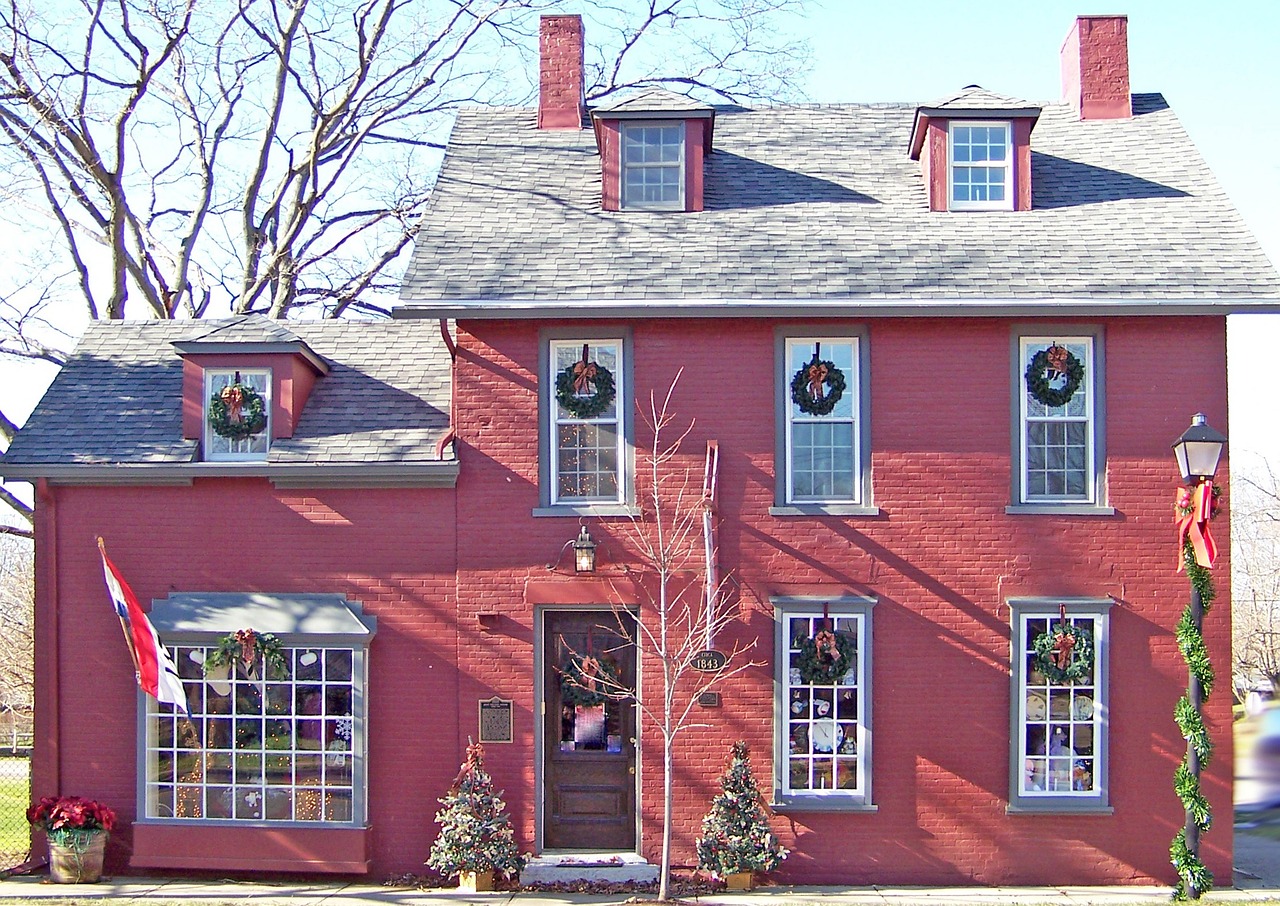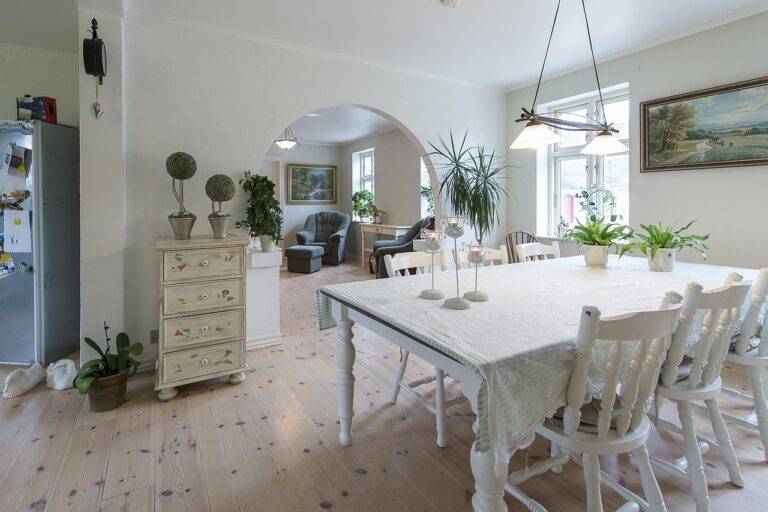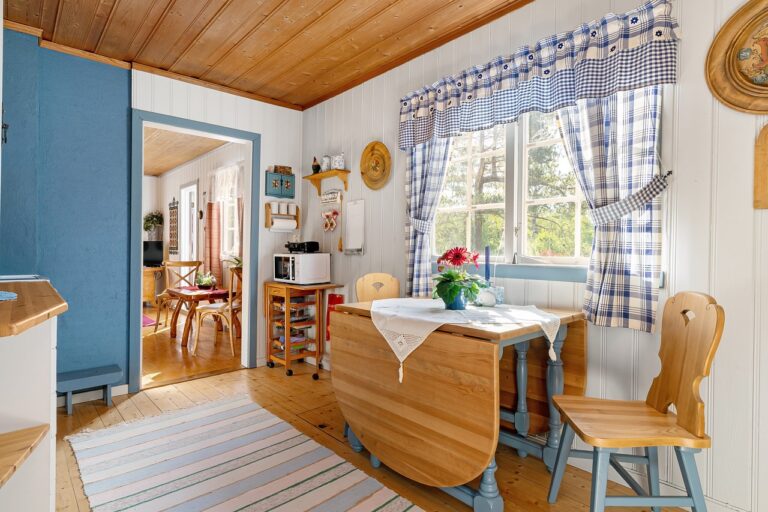The Benefits of Passive Solar Design for Energy Efficiency
Passive solar design is a sustainable building strategy that harnesses the sun’s energy to provide heating, cooling, and lighting for a structure. By maximizing exposure to sunlight and utilizing building materials that can store and distribute heat effectively, passive solar design can significantly reduce dependence on traditional heating and cooling systems, resulting in lower energy bills and a reduced environmental impact.
Key Benefits of Passive Solar Design
1. Energy Efficiency
One of the primary benefits of passive solar design is its ability to significantly reduce a building’s energy consumption. By strategically orienting and designing a structure to maximize solar gain in the winter and minimize it in the summer, passive solar buildings can maintain comfortable indoor temperatures without the need for mechanical heating or cooling systems.
2. Cost Savings
Because passive solar design reduces the need for mechanical heating and cooling systems, it can lead to substantial cost savings over the lifetime of a building. With lower energy bills and potentially reduced maintenance costs, passive solar buildings can offer a significant return on investment.
3. Improved Comfort
Passive solar buildings are designed to maintain comfortable indoor temperatures year-round, with even heating and cooling distribution throughout the space. This can result in a more comfortable living or working environment for occupants, without the drafts and temperature fluctuations often associated with traditional heating and cooling systems.
4. Environmental Benefits
By reducing energy consumption and reliance on fossil fuels, passive solar design can help lower greenhouse gas emissions and mitigate climate change. Additionally, passive solar buildings often use sustainable materials and construction practices, further reducing their environmental impact.
5. Durability
Passive solar buildings are designed to utilize natural heating and cooling strategies, which can help maintain a more stable indoor environment and reduce wear and tear on mechanical systems. This can result in a longer lifespan for the building and lower maintenance costs over time.
6. Resilience
Passive solar buildings are inherently more resilient to power outages and other disruptions to energy supply, as they are designed to function without relying on external energy sources. This can be particularly beneficial in regions prone to extreme weather events or other emergencies.
Frequently Asked Questions
What is passive solar design?
Passive solar design is a sustainable building strategy that utilizes the sun’s energy for heating, cooling, and lighting a structure, without the need for mechanical systems.
How does passive solar design work?
Passive solar design works by maximizing exposure to sunlight in the winter to capture heat and minimize it in the summer to reduce overheating, through the strategic orientation and design of a building.
What are the benefits of passive solar design?
The benefits of passive solar design include energy efficiency, cost savings, improved comfort, environmental benefits, durability, and resilience to power outages.
Are passive solar buildings more expensive to construct?
While passive solar design may require additional upfront costs for features such as high-performance windows and insulation, the long-term cost savings from reduced energy consumption typically outweigh the initial investment.
Overall, passive solar design offers a range of benefits for both the environment and building occupants, making it a smart choice for sustainable and energy-efficient construction.







